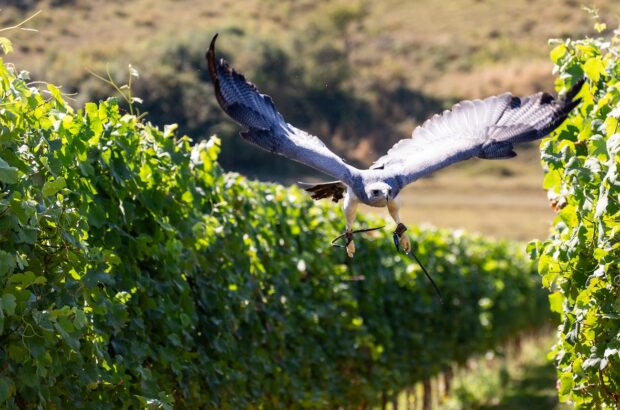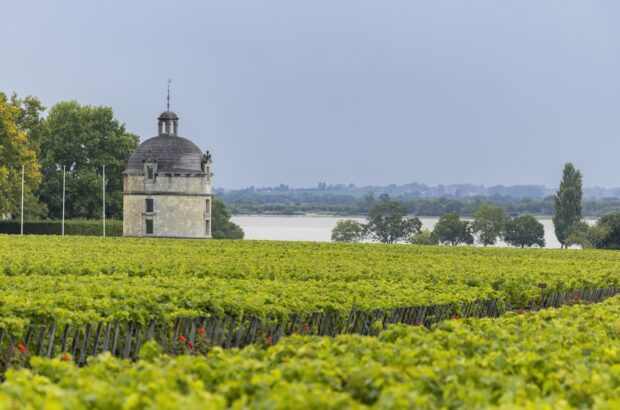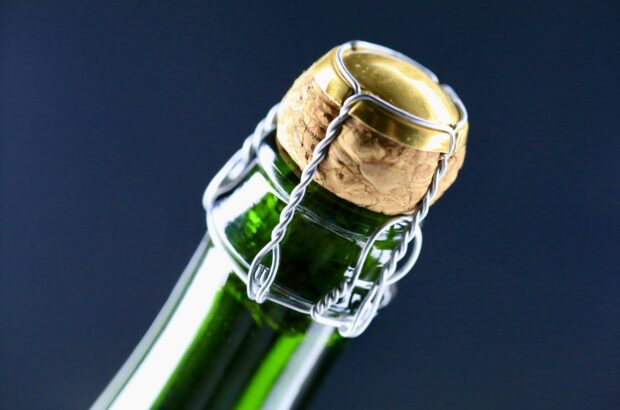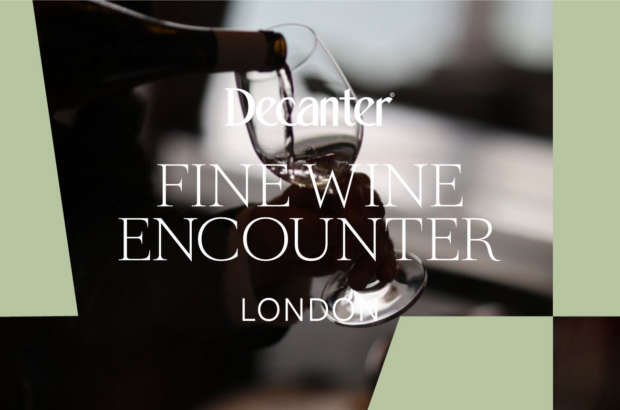I keep waiting for the moment when Alsace’s charms start to wear thin; it hasn’t happened yet, even after 25 years of living in this corner of France. I still marvel at Colmar’s Petite Venise and Strasbourg’s Quartier des Tanneurs, with its gaily painted, multi-beamed houses lining the river on both sides. And I never tire of the sight of that 150km fringe of neatly trained vines planted at the foot of the Vosges, all the way from Thann in the south to Marlenheim in the north, luxuriantly green in spring and burnished gold in autumn.
One of the best bases is Colmar, well placed for vineyard visits but also a gem of a town, with some spectacular museums – the Musée Unterlinden with its new extension by star architects Herzog & De Meuron is a must. A good place to stay is Hotel Quatorze, whose architect owners have transformed a pharmacy into a modern space offering every comfort. Just around the corner is L’Un des Sens, a funky wine bar specialising in natural wines.
Most well-known domaines (Trimbach, Zind-Humbrecht, Hugel et al) are located within 10 minutes’ drive of the town centre. The only problem will be selecting who to visit and who can receive you; always call or email ahead. Or, if you want to seek out wines you can’t buy back home, consider Zusslin in Orschwihr, a long-established biodynamic domaine where Marie and brother Jean-Paul are making crystalline Riesling, delicately flowery Muscat and a superior crémant.
Talking of crémant, if you need convincing that Alsace can produce decent bubbly, visit Jean-Claude Buecher in Wettolsheim, another small family domaine which took the unusual decision more than 30 years ago to specialise exclusively in sparklers.
See also: Ten top Alsace restaurants
With such a wealth of wine-growers around Colmar, it’s easy to forget about Alsace’s more northerly Bas-Rhin vineyards. Mittelbergheim, one of France’s most beautiful villages, is worth a visit any time of year, with a high point in April when it stages the annual Henter’m Kallerladel open-doors wine festival. Saunter along the main street lined with grand wine houses graced with wrought-iron signs, taste from the likes of Rieffel and Boeckel and finish with lunch at Gilg, famous for its feuilleté chaud du vigneron, a flaky-pastry pork pie marinated in white wine.
Further north, in the village of Traenheim close to Strasbourg, is Mochel, one of the Bas-Rhin’s best, whose streamlined tasting room must be the most beautiful in Alsace, and whose Riesling, Muscat and Pinot Gris are outstanding. A final stop should be at Domaine Pfister in Dahlenheim where Melanie Pfister, who heads the Divines d’Alsace group of women winegrowers, is making waves and winning prizes with her Riesling Grand Cru Engelberg and a distinguished Pinot Noir.
Insider’s tip
Vieux Ferrette in the deep south of Alsace is home to celebrated affineurs Bernard and Jean-François Antony, purveyors of fine cheese to Europe’s leading restaurants with a small shop and tiny, chalet-style restaurant. Here you can book a cheese feast (six courses or families of cheese and more than 20 different sorts) with spectacular matching wines from the formidable cellar.
Sue Style is a freelance wine, food and travel writer based in Alsace. This guide first appeared in the February 2017 issue of Decanter.







